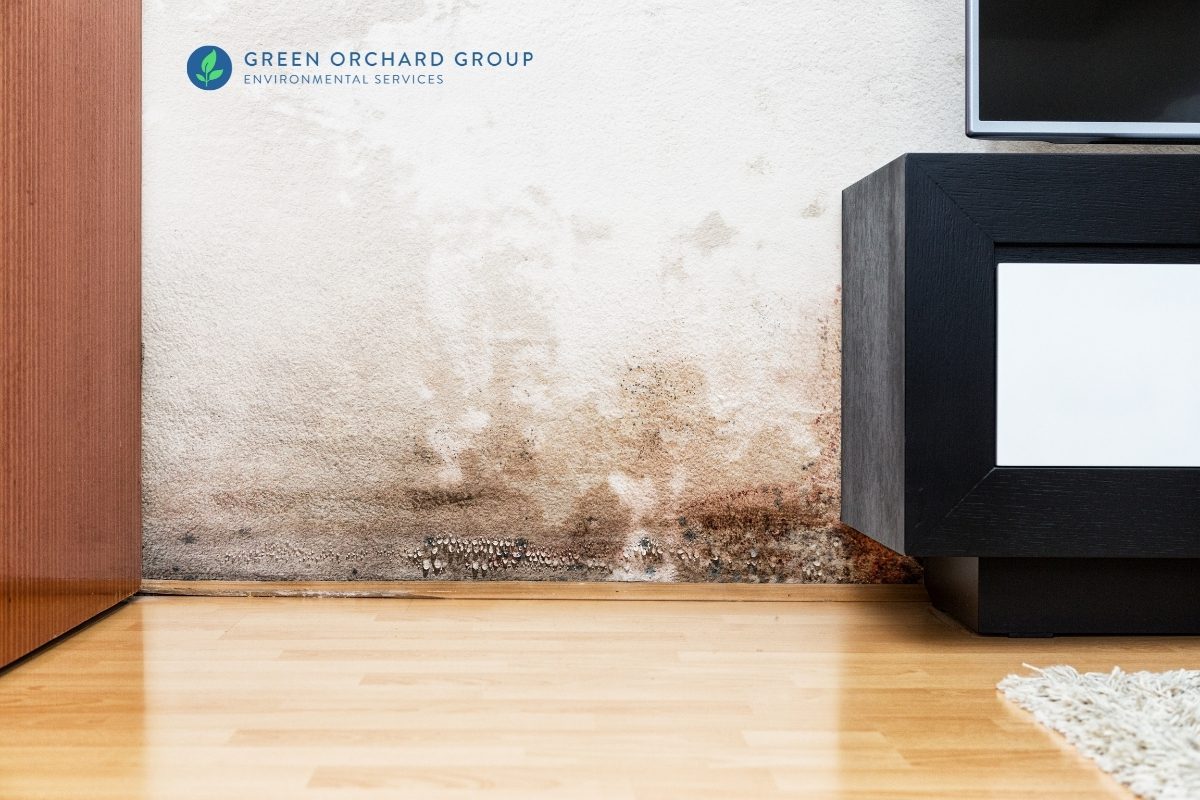
Don’t let your guard down after experiencing a flood or leak, because hidden amid the aftermath is the invisible threat of mold in your home. Here’s what you should know about mold inspection, remediation, and removal in New York City.
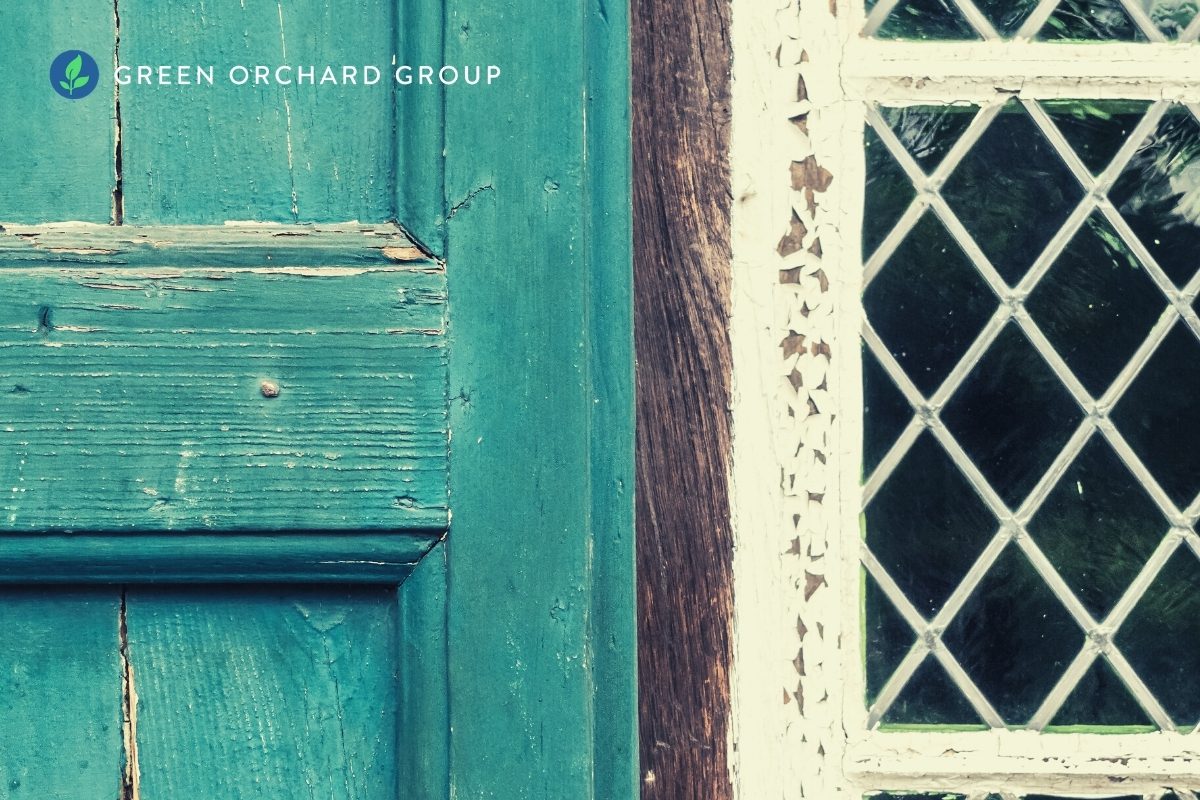
If you’re living in, purchasing, or renovating an old home, you might be concerned about you or your family being exposed to lead paint. In this article, we’ll discuss how to identify lead paint in your home and what you can do about it.
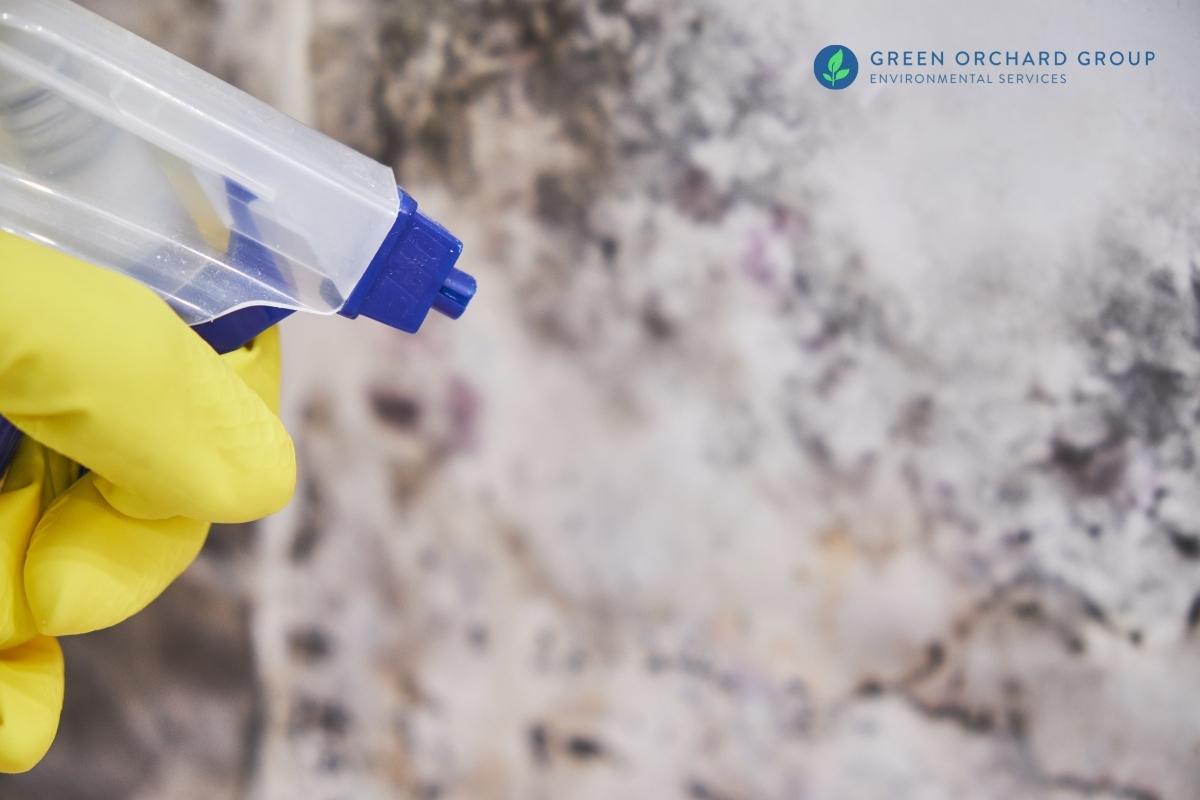
Trying to clean up mold in your home? After you’ve fixed the moisture issue and dried the area completely, here’s a list of household products that can help you kill and remove mold.
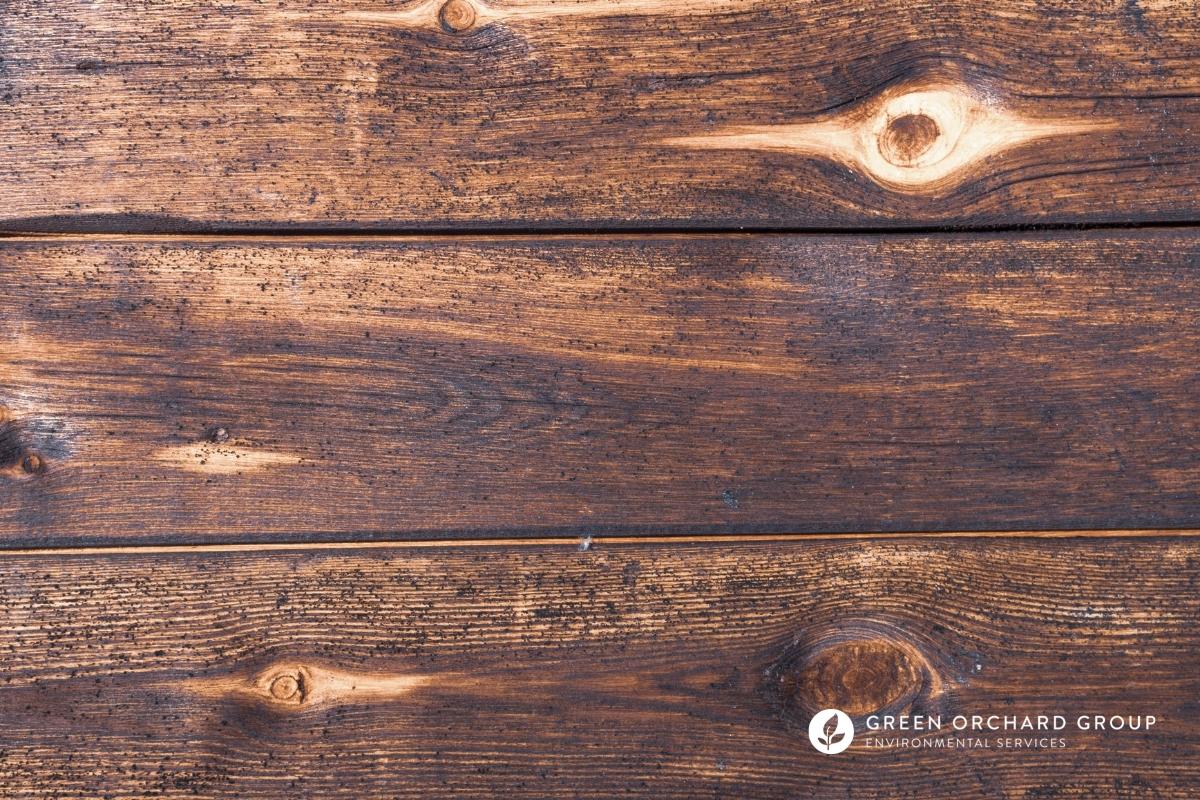
Once mold starts to grow on or underneath your flooring, it can cause staining, buckling, or even cause parts of your floor to rot. Here’s what you can do to find out if you have mold on your floor and how to remove it.
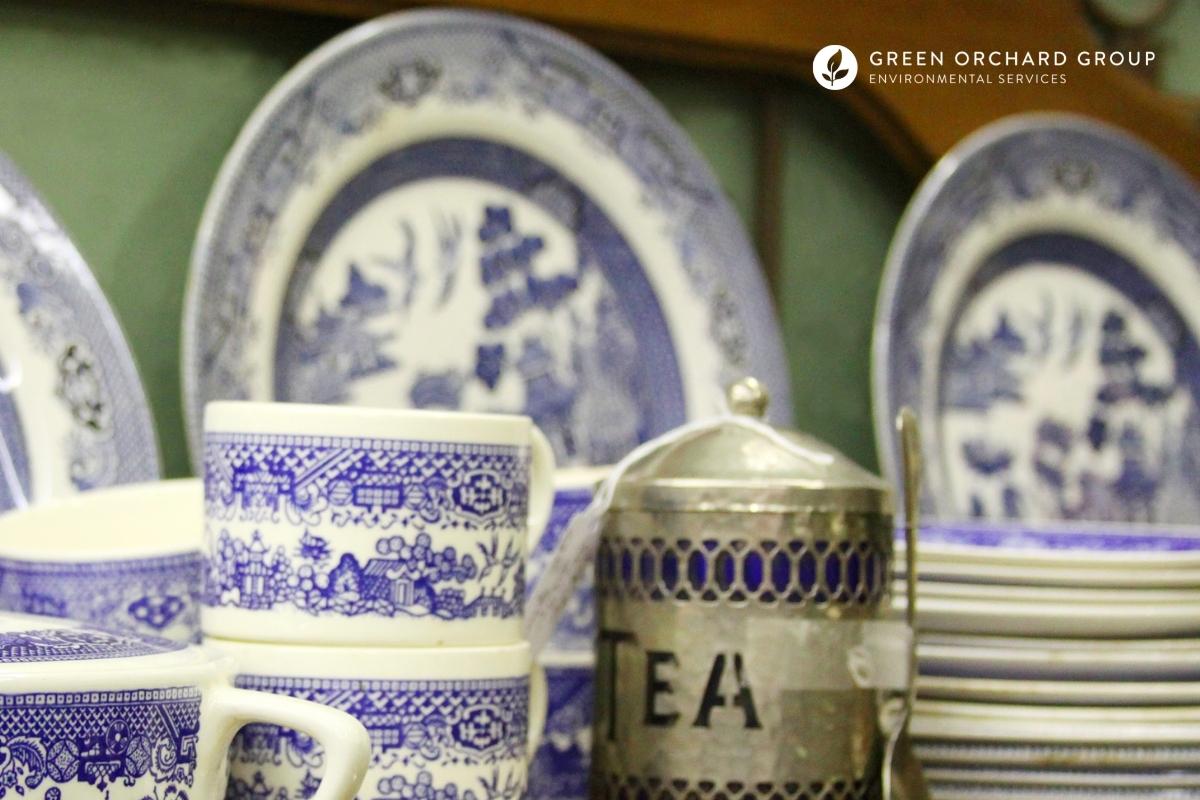
For most people, dishes don’t post a significant risk of lead exposure. But in some cases, lead contained in old dishes, ceramics, and other types of tableware or cookware may leach into food or drink, potentially resulting in health problems associated with lead poisoning.
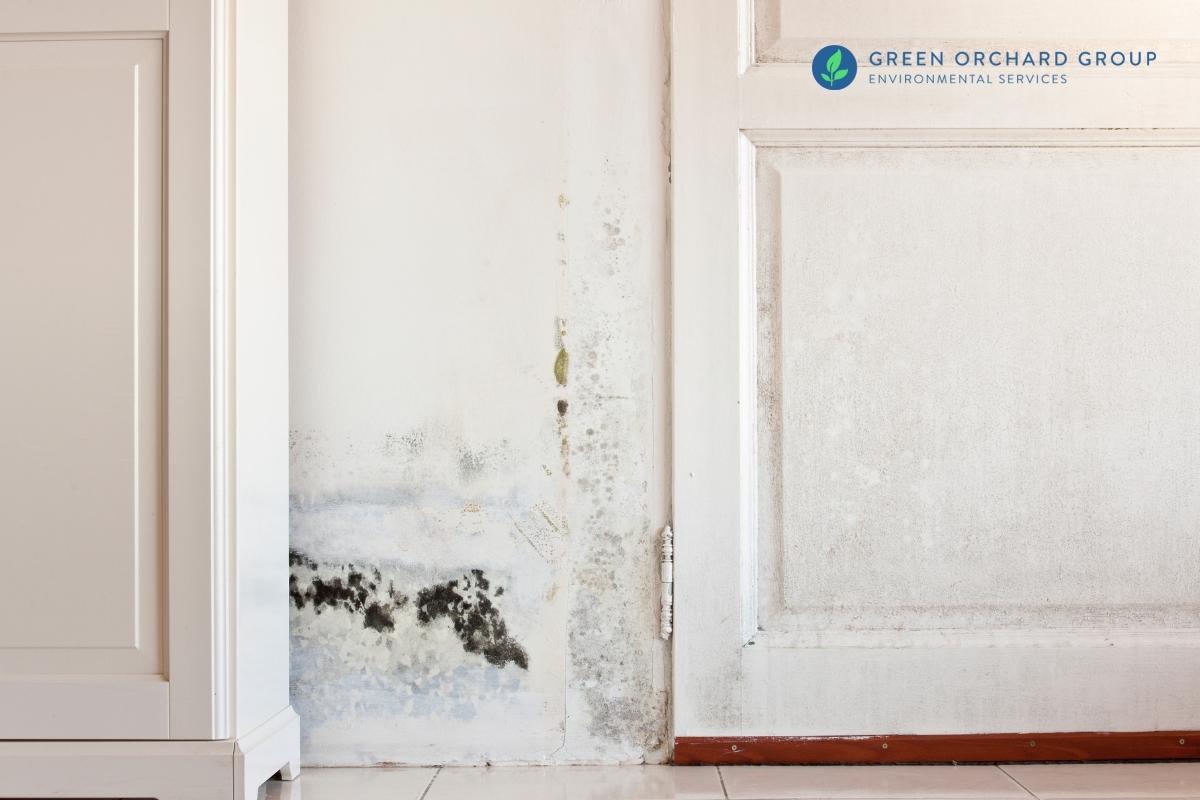
Mold can be a serious environmental health hazard in your home. When allowed to grow unchecked, mold produces allergens, irritants, and — depending on the species — potential toxins. If you suspect that you might have mold in your home, here are 7 warning signs to look out for.
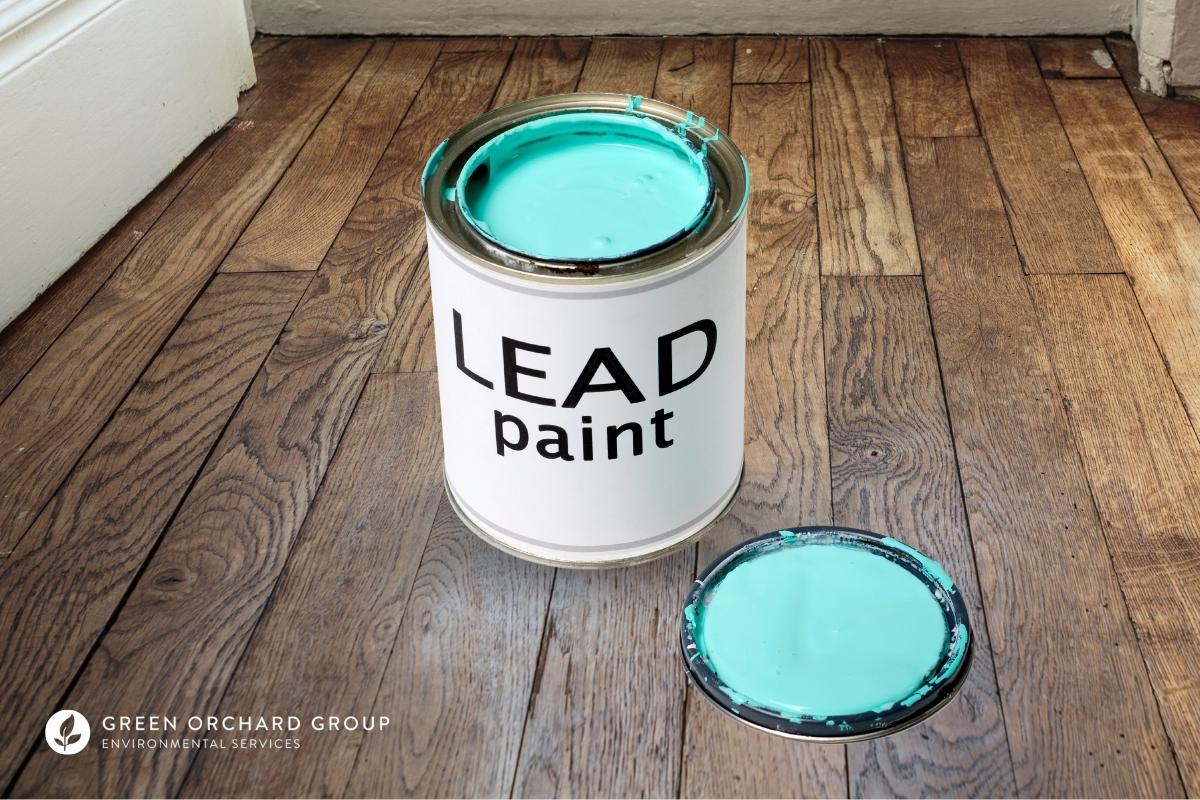
Use of lead paint in residential homes and buildings was banned in New York City in 1960, New York in 1970, and the United States in 1978. So why is lead paint still such a huge problem today, especially in places like New York City?
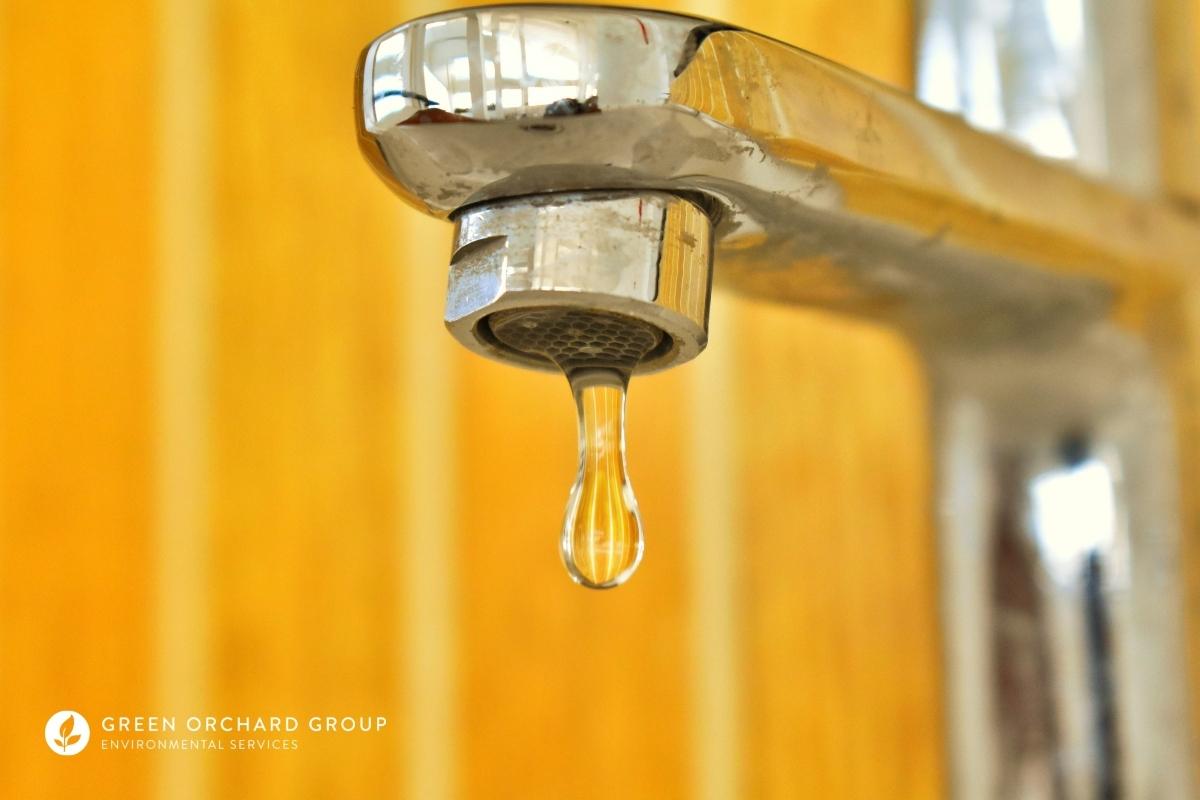
Lead is a toxic substance that can be found in contaminated drinking water and may lead to serious health consequences. If you live in NYC, here’s how to request a free lead water test kit and use it to test for lead in your drinking water.
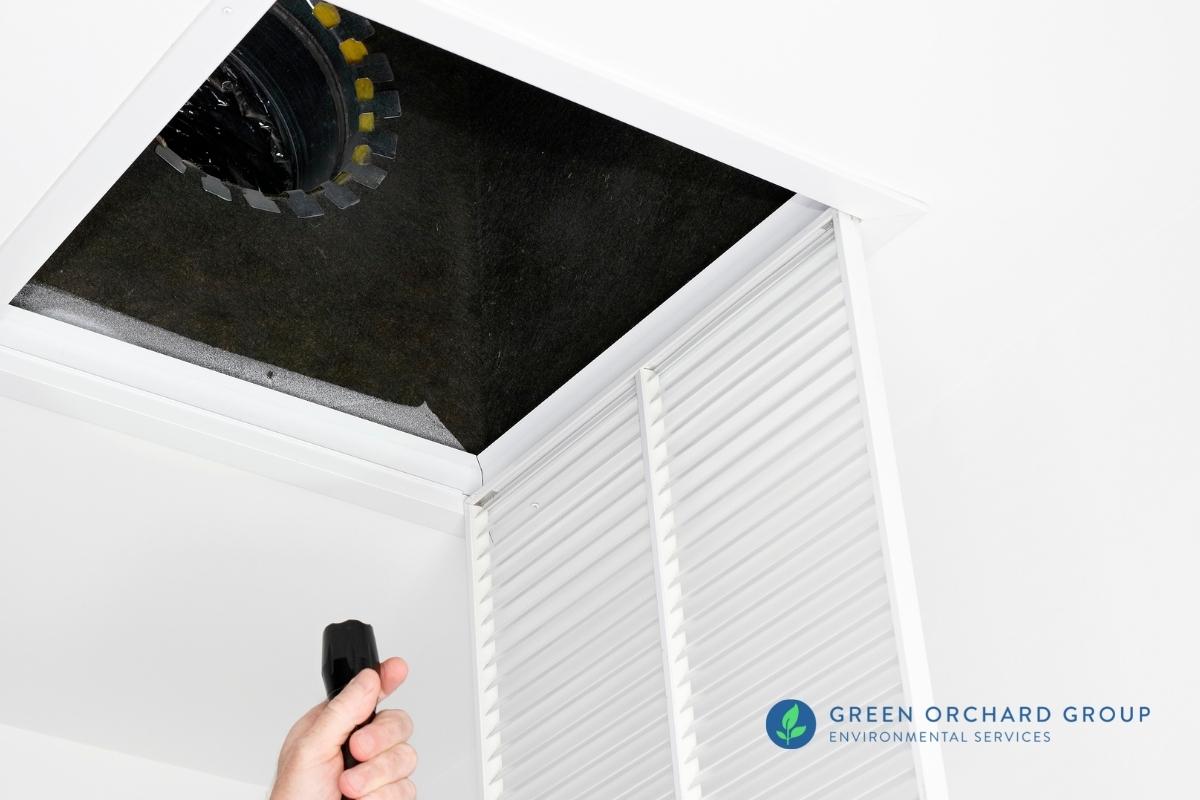
A pre-purchase mold inspection involves having a licensed mold professional do a comprehensive investigation for any possible areas of mold, as well as any conditions that can lead to mold growth in the future.
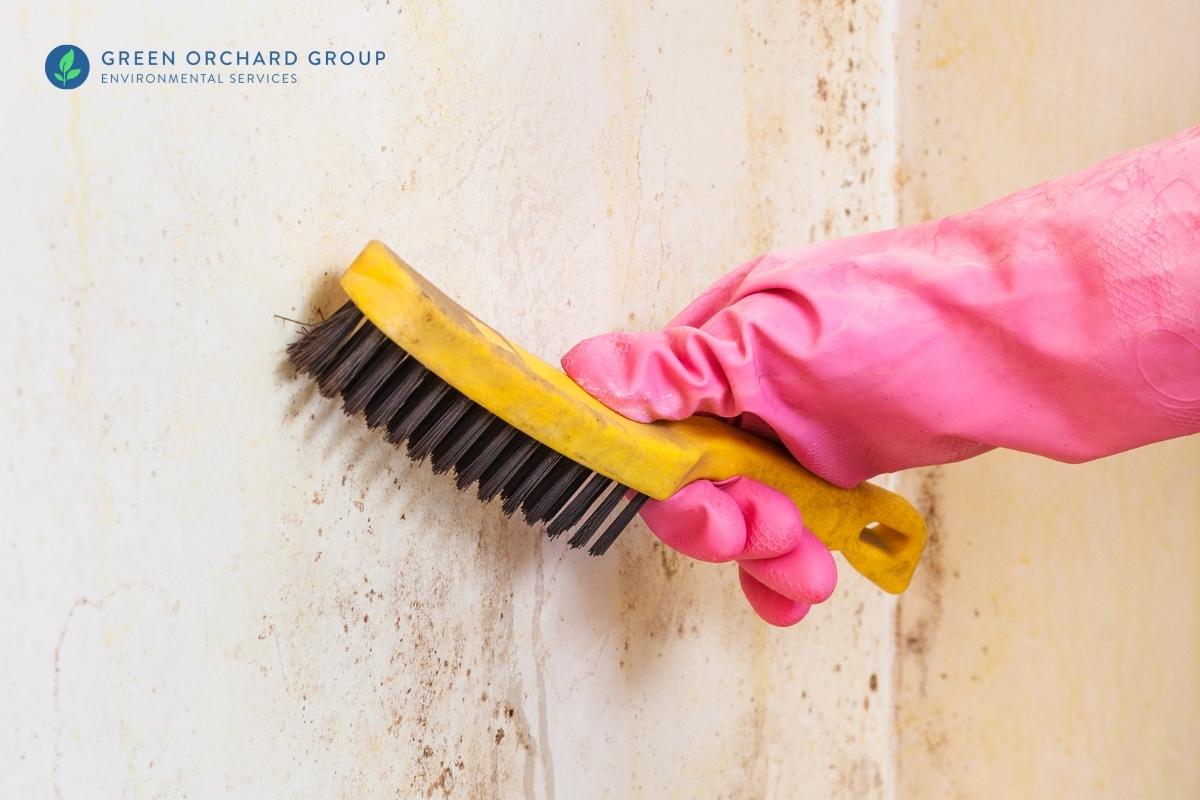
Mold on wood can cause unsightly stains, strange odors, and respiratory symptoms related to allergies or asthma. In this article, we’ll explain when DIY mold removal is appropriate and how to remove mold from wood safely.